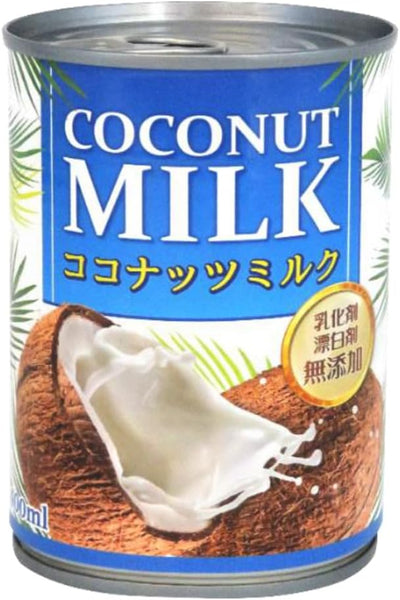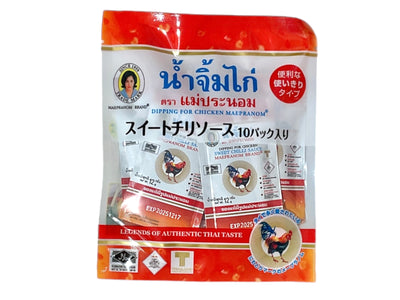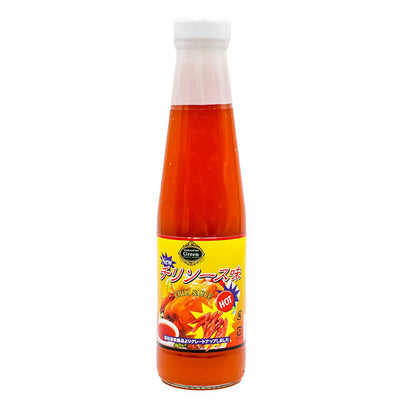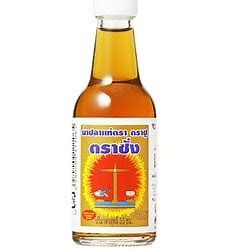Sawasdee Clap, Taiyo Market!
This time, we will introduce some cheat items that you can buy at Taiyo Market that will instantly raise your level when making Thai food (and surrounding countries)👏
I want to enjoy the local taste! I want to enjoy authentic Thai food!
If so, please try using Thai ingredients that will enhance the local taste.
1. Baimaclu (kaffir lime leaves)

It's called Kaffir Lime Leaves in English.
Dried ones are also sold, but raw is best. Next, freeze. It's dry at the end.
Fresh > Frozen >>> Dry
It's a feeling like that.
It's hard to get, so I've tried substituting yuzu and other Japanese citrus leaves, but they didn't work at all.
Toss a few pieces into all kinds of Thai dishes, such as tom yum kung, tom kha gai, various Thai curries, when cooking khao man gai rice, dipping sauce for gapao and gai yang.
It is not mentioned from the beginning, assuming that it is not available in Japanese Thai recipes, but please give it a try.
Even if you are using retort curry or instant products, please add a piece of Bimaclu. The level will go up several levels.
The scent becomes Thai at once!
It adds a very refreshing scent.
You can also add it to Vietnamese pho soup in advance (don't transfer it to the bowl). By the way, adding a few pieces of cinnamon will make it even better).
Taiyo Market sells frozen and dry products.
You can use the freezer anytime, just take out a few pieces and put the rest away. Since it is a leaf, it thaws quickly.

A highly recommended household item.
*Please note that some items may not be available depending on stock status.
2. Ka (Nangang, Nankyo)

It is a plant of the ginger family, called Galangal in English.
It is a very commonly used ingredient in southern China and beyond.
Although it belongs to the ginger family, it is a different matter when used in cooking. Substitution doesn't work.
However, I can't help it, so when I look at Thai food recipes in Japan, I often find myself saying things like, ``This uses ginger...''.
Ginger has a refreshing and sharp flavor, but ka has a flavor that is both refreshing and sweet.
Also, when you insert a knife into it, the ginger cuts easily, but the fibers of the carcasses have a little more resistance.
Of course, it would be great if you could get it raw, but it is difficult to get it in Japan. As a result, it will be either frozen or dried.
Ka is used in soups such as tom yum kung, tom kha gai, and curry.
Slice it into rounds to transfer the flavor to the soup. Just add a piece to a commercially available instant product and it will become Thai.
It is sold frozen at Taiyo Market.

*Please note that some items may not be available depending on stock status.
3. Coconut Sugar (Palm Sugar, Nam Taan Map Phrao)

It doesn't feel solid and has a viscosity that allows you to scoop it out with a spoon.
In Japanese Thai recipes, simply replacing the word "sugar" with coconut sugar will make the taste much better.
For example, in the recipe for khao man gai sauce, replace "sugar" with coconut sugar.
Also, the grainy, sweet, and flavorless feeling of white sugar is gone, and the overall level of the sauce changes completely.
It's easy to imagine from its appearance, but it has a rich flavor, flavor, and aroma, and has rounded corners. it's the best.
Naturally, it goes great with coconut milk.
Once you start using it, you may be hesitant to add white sugar to coconut milk-based dishes.
It is widely used not only in various Thai dishes, but also in Southeast Asian cuisine, South Asian cuisine including Indian cuisine, and West Asian cuisine.
If you introduce it to your home, you will be surprised at how many times it appears.
Can be used as a regular seasoning from this summer!
4. Taochio

I don't think there is anything similar to this in Japan. It is a soybean paste.
It is a great supporting role that can be used in a wide range of ways, such as stir-frying vegetables such as water spinach, the secret ingredient for seasoning gai yang, and sauce for khao man gai.
It rarely comes to the forefront, but it appears when you want to add richness.
5. Vinegar (sugar cane vinegar)

The most popular vinegar in the Philippines and south is sugarcane vinegar.
When you go to a Thai restaurant, you'll see four small bottles of Kruang Pulung on the table, one of which is ``Nam Som'', a vinegar in which chili peppers are soaked.
That vinegar is sugarcane vinegar.
Thai cuisine places importance on sourness, and many use Manao (Thai lime) to add sourness.
However, there are of course situations where vinegar is used, and it is also a versatile supporting role, such as adding it to khaomangai sauces or at the end of stir-fried vegetables.
Sugarcane vinegar is mild and easy to use.
It is often used in Filipino cuisine, including adobo!
The products introduced today may have been replaced with a different brand, or may have new packaging from the same brand, but all of them can be purchased at Taiyo Market.
Head to Taiyo Market for higher-grade Thai cuisine !















